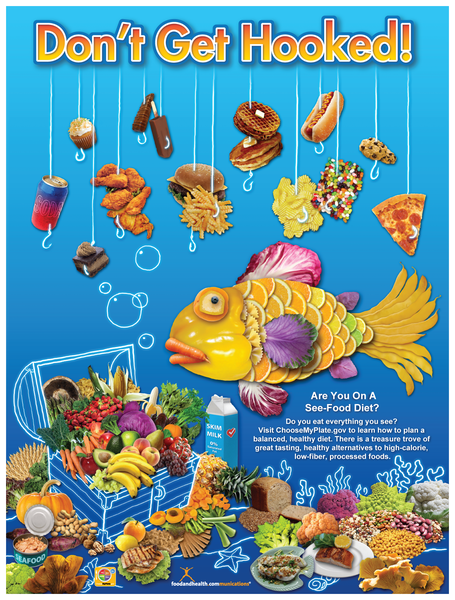When the days get colder, locally grown fresh fruits and vegetables aren’t available in most parts of the country. But fruits and veggies are vital to a healthy eating pattern all year long.
Don’t let your clients, students, or employees forget about healthy produce this winter!
Our new poster, Freshen up Your Vegetable Game, will get their attention with beautiful, professional photographs of colorful vegetables. And here are some messages to go along with this poster — you can use them for social media, classes, or individual counseling:
- Keep fresh veggies in the game by looking for winter farmer’s markets where you live.
- Stick to your budget by finding the season’s best buys in your supermarket’s produce department.
- Stock up with frozen or canned vegetable options.
- Explore the cafeteria’s salad bar for a variety of colorful veggies.
- Don’t forget about salad! It’s not just for summer if you start with pre-washed bagged salad greens.
Hollis Bass, MEd, RD, LD

Freshen Up Your Veggie Game 18" x 24" Laminated Nutrition Poster - Motivational Poster
$19.00 $24.00
Add to Cart



